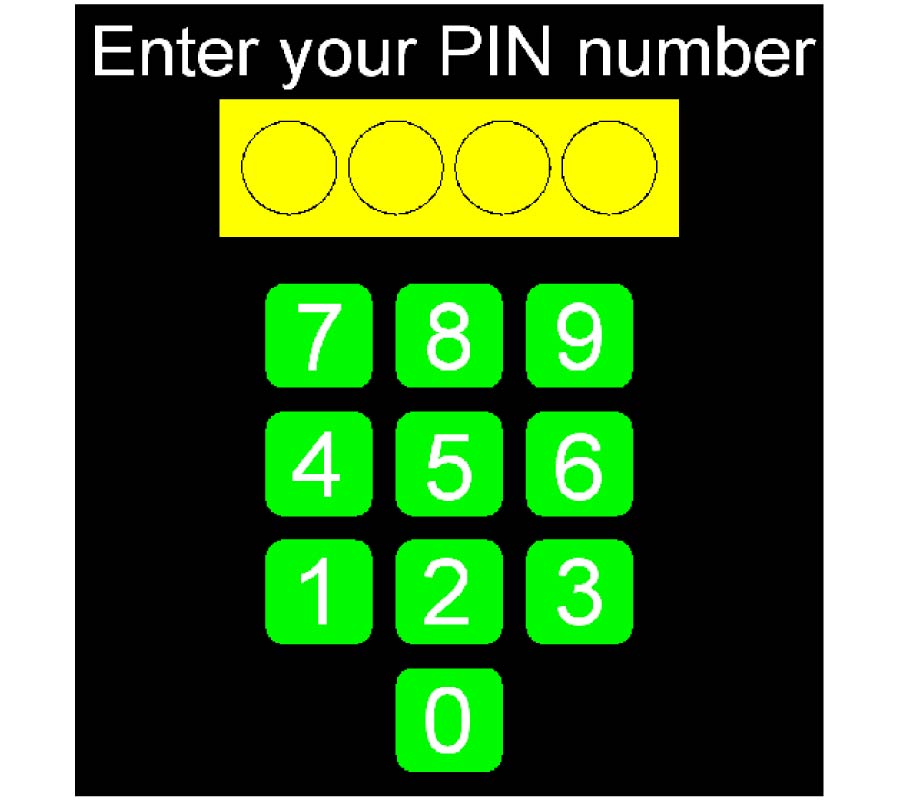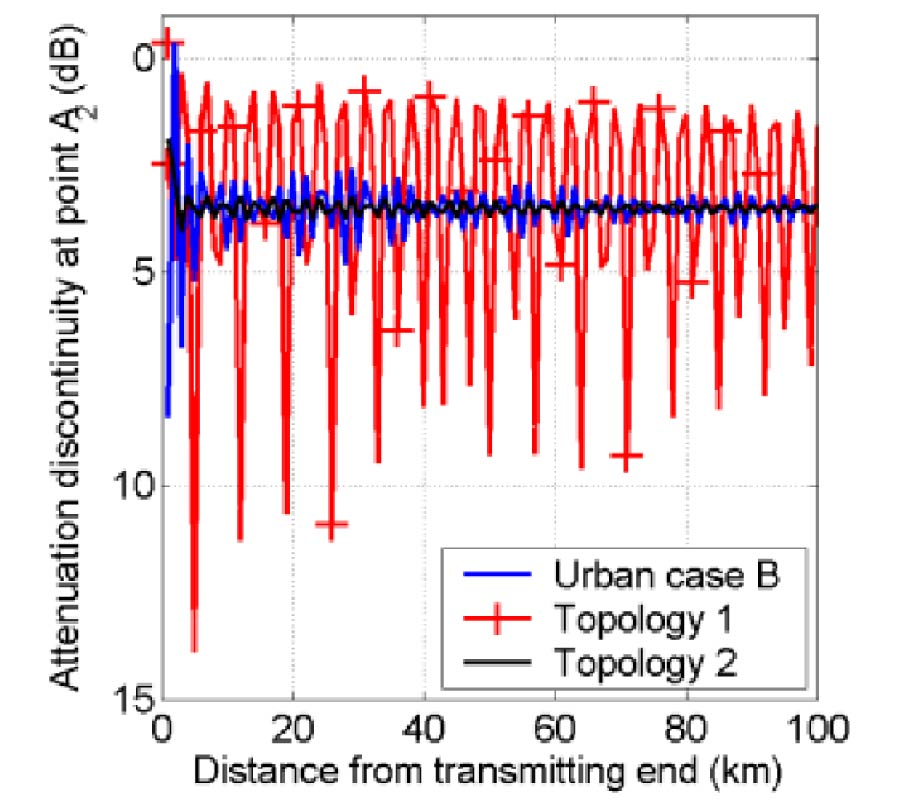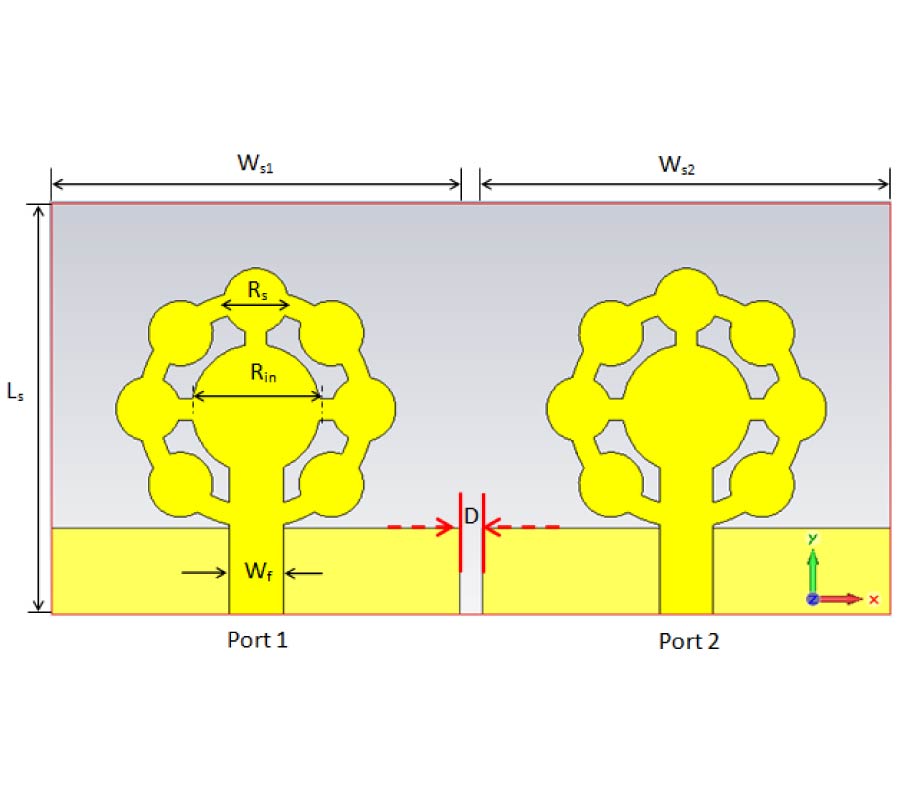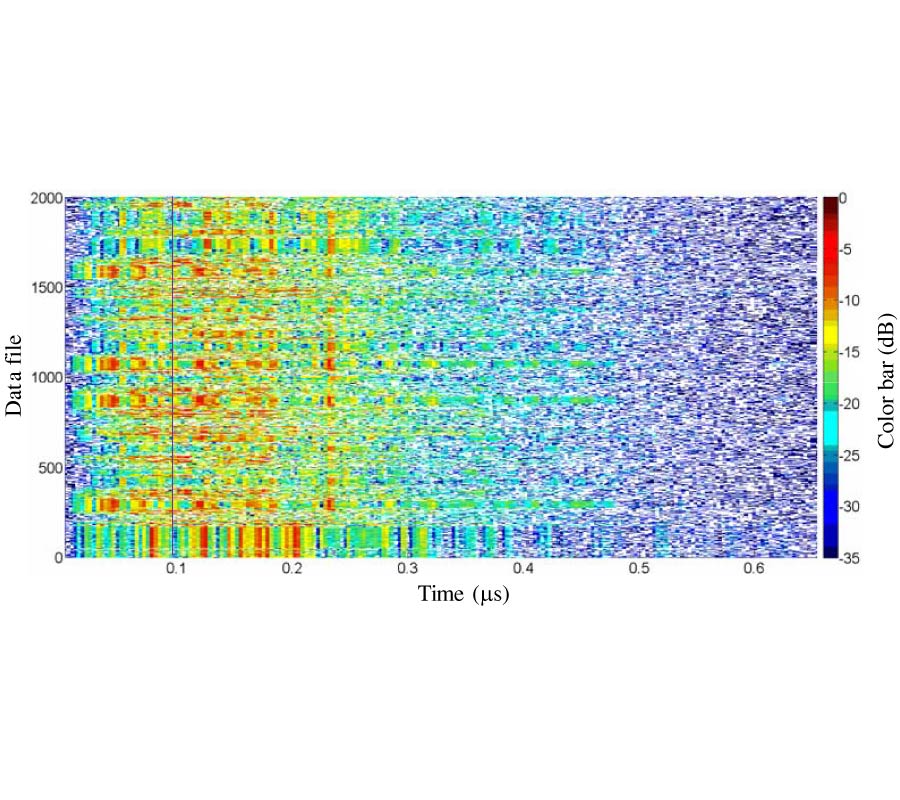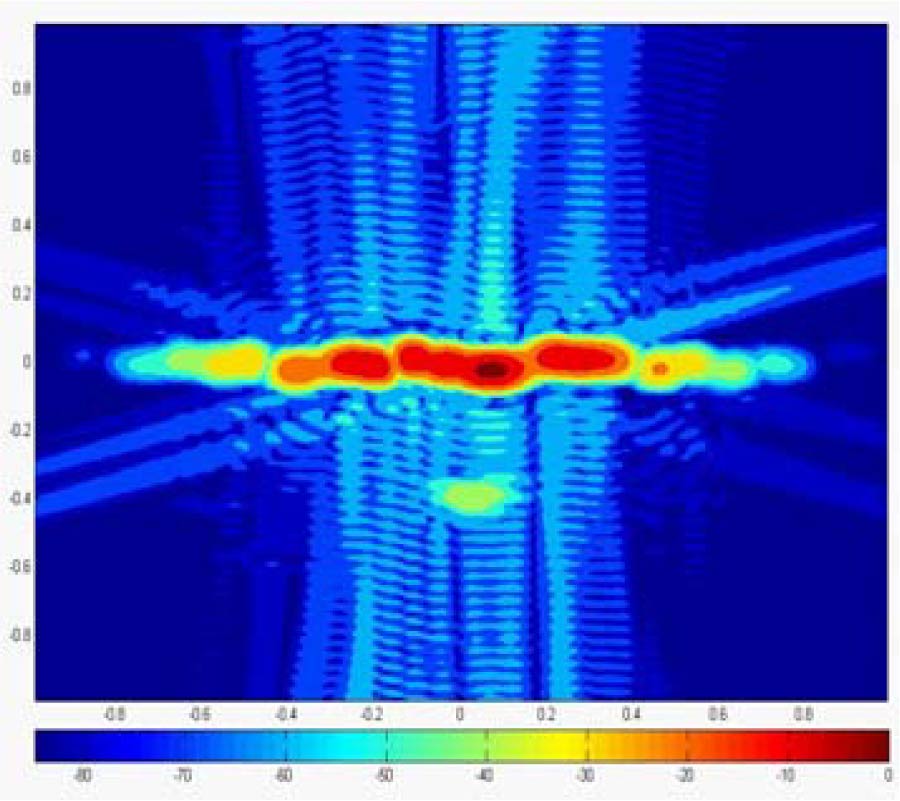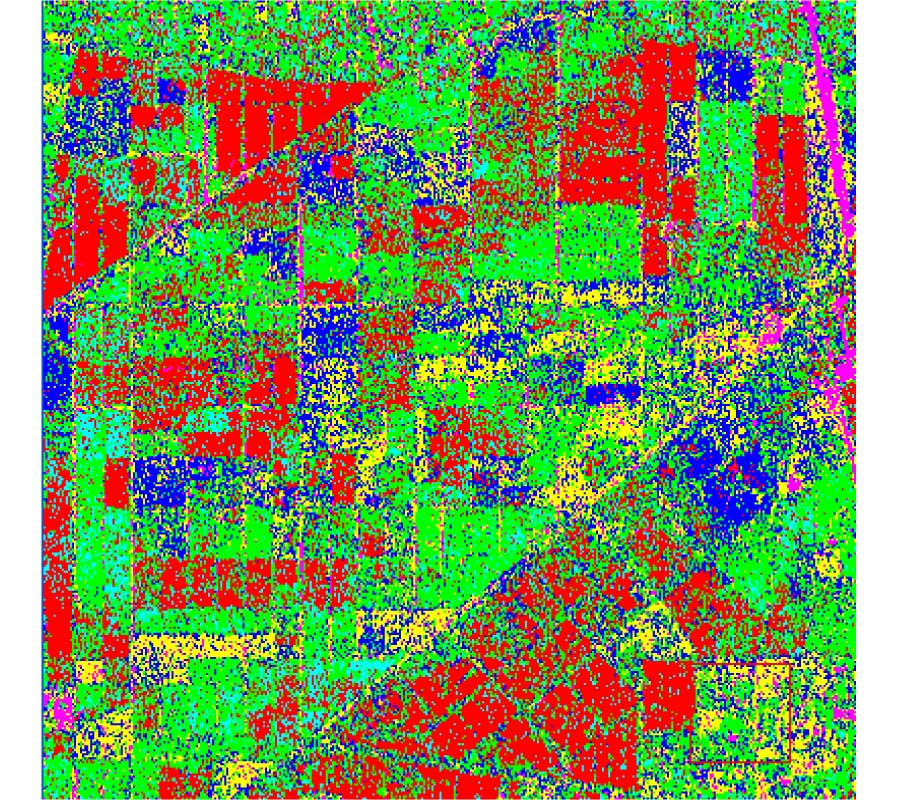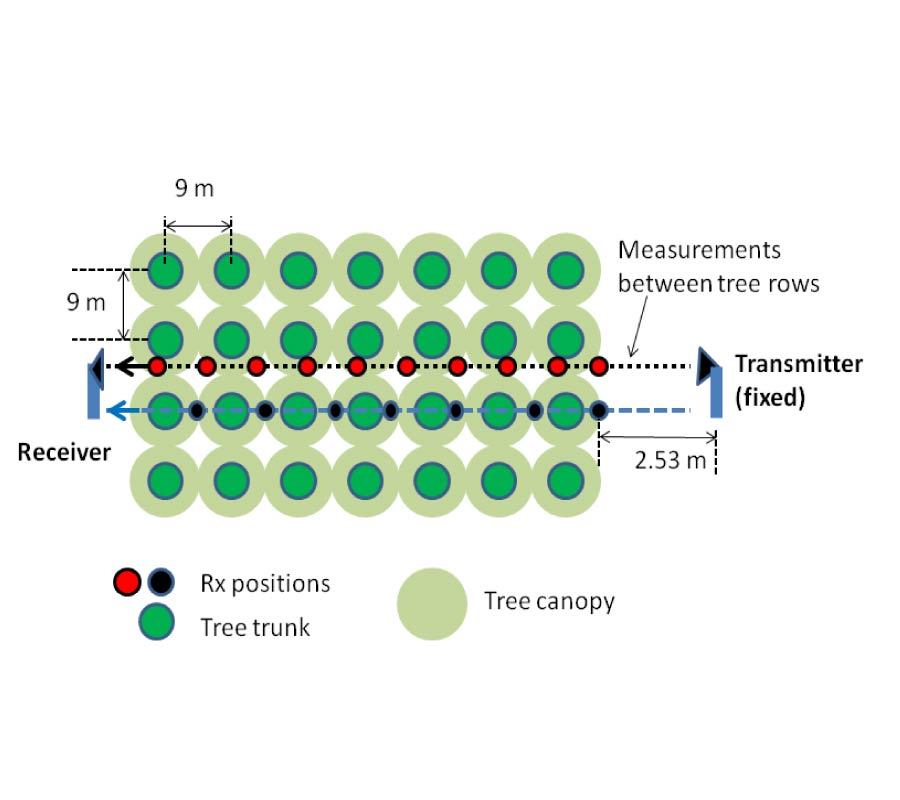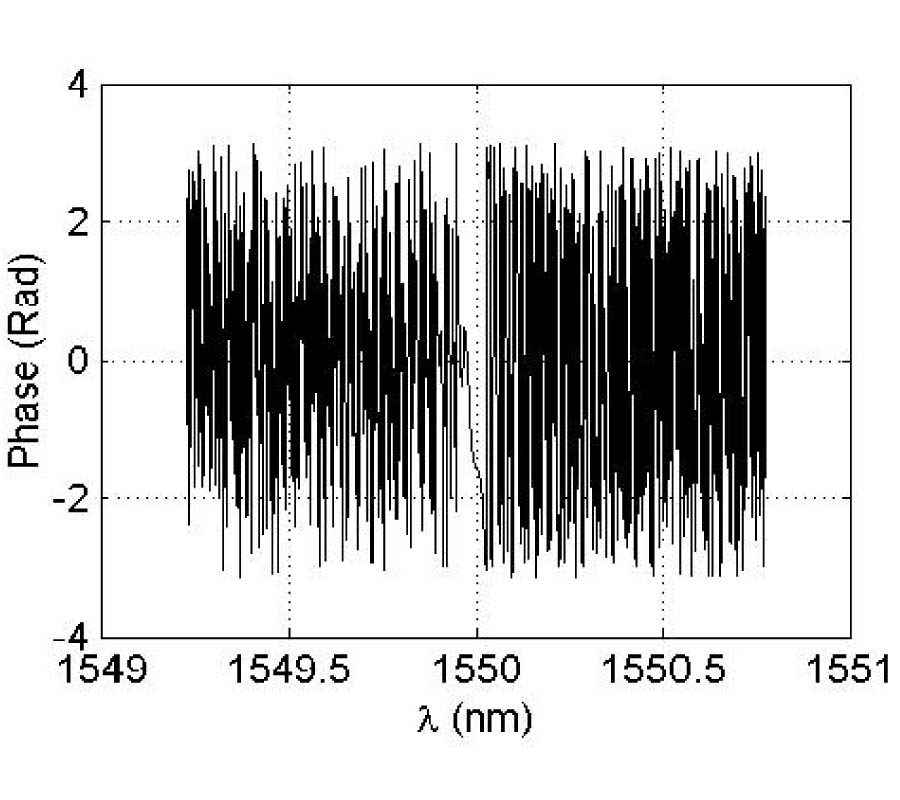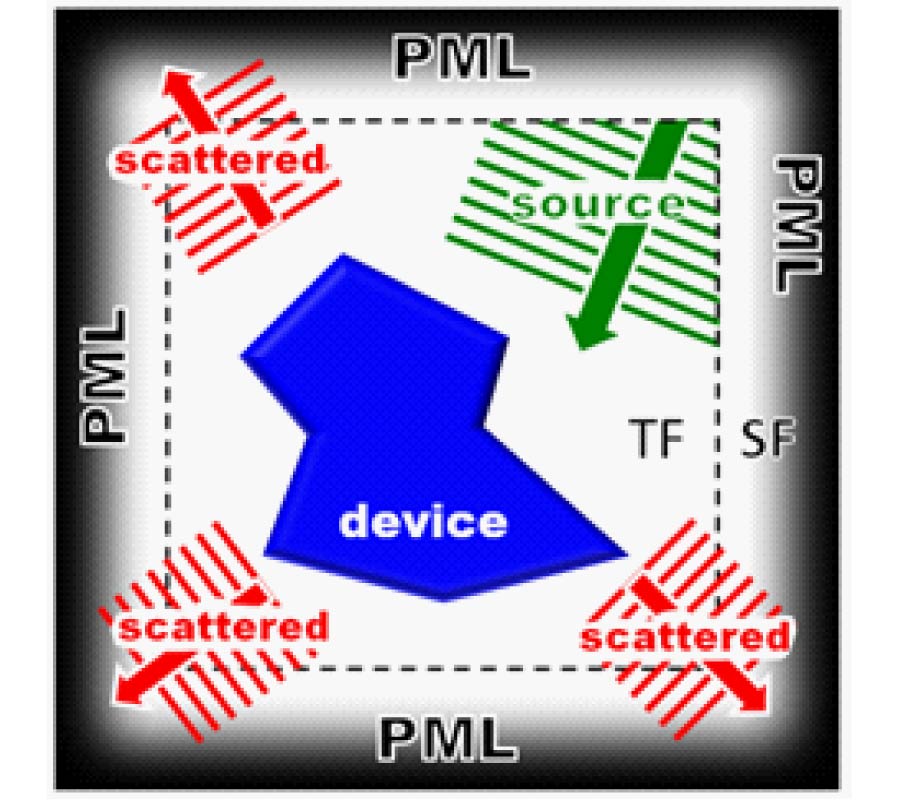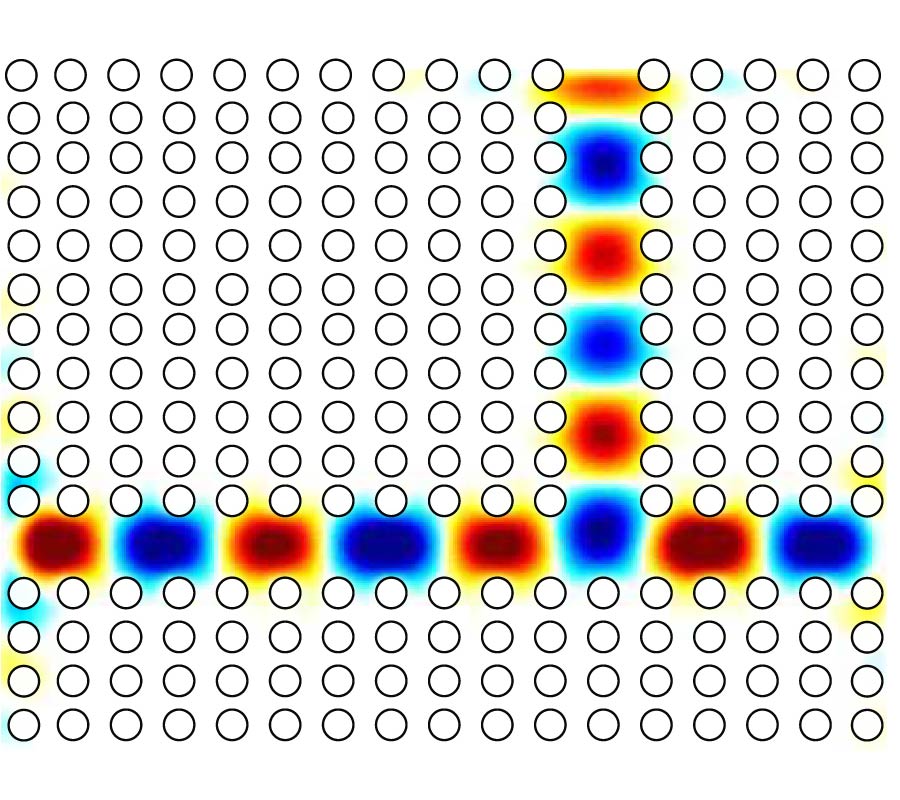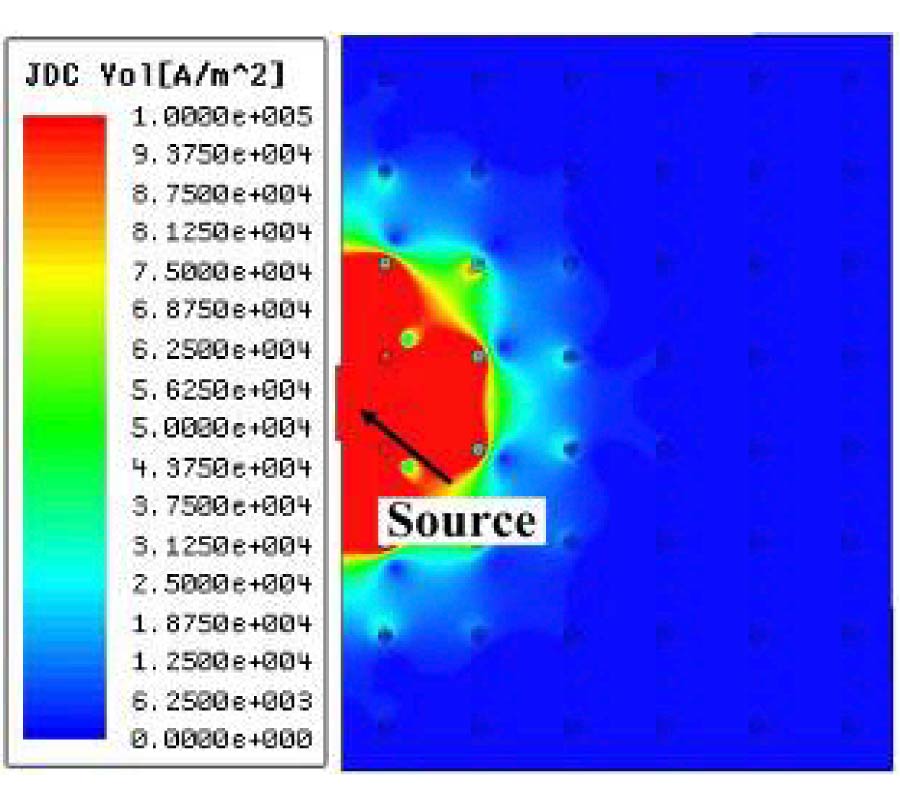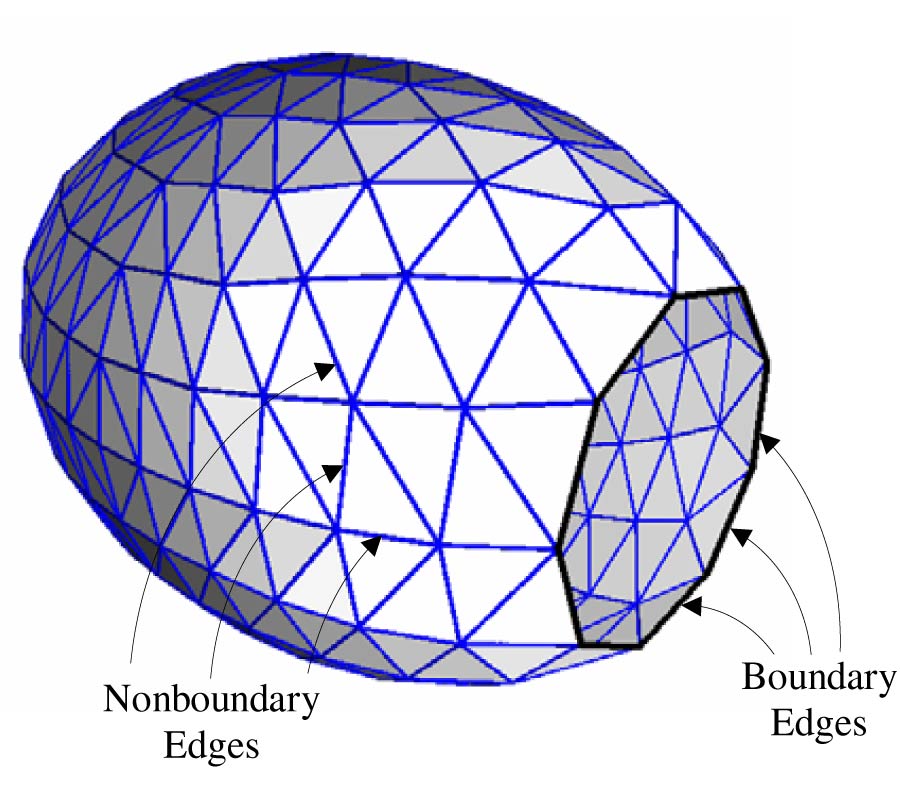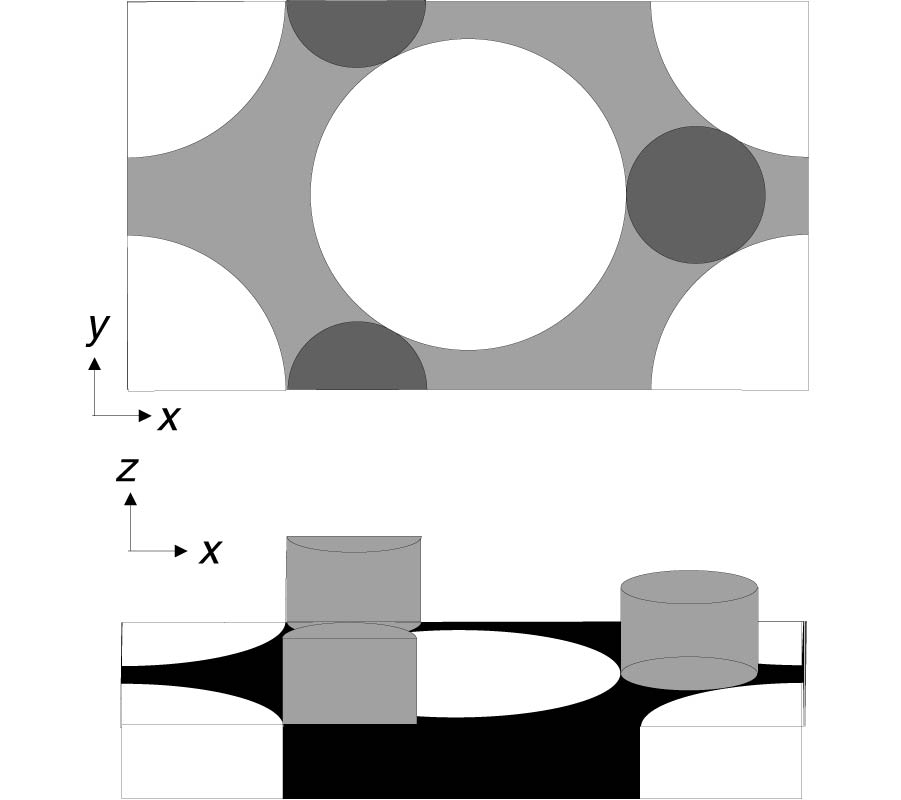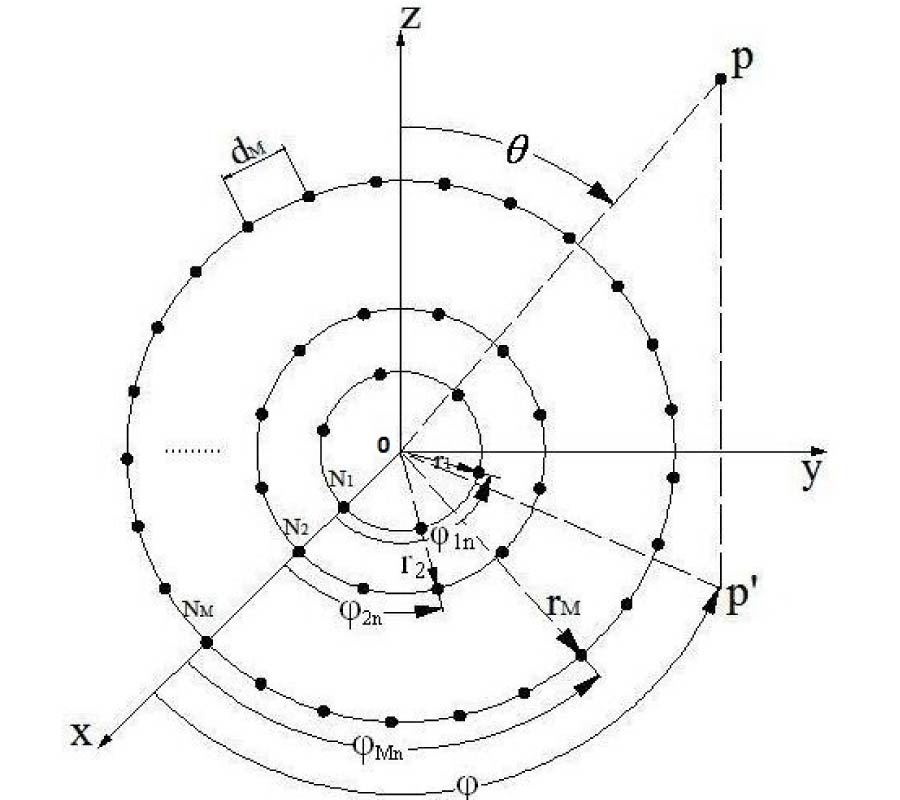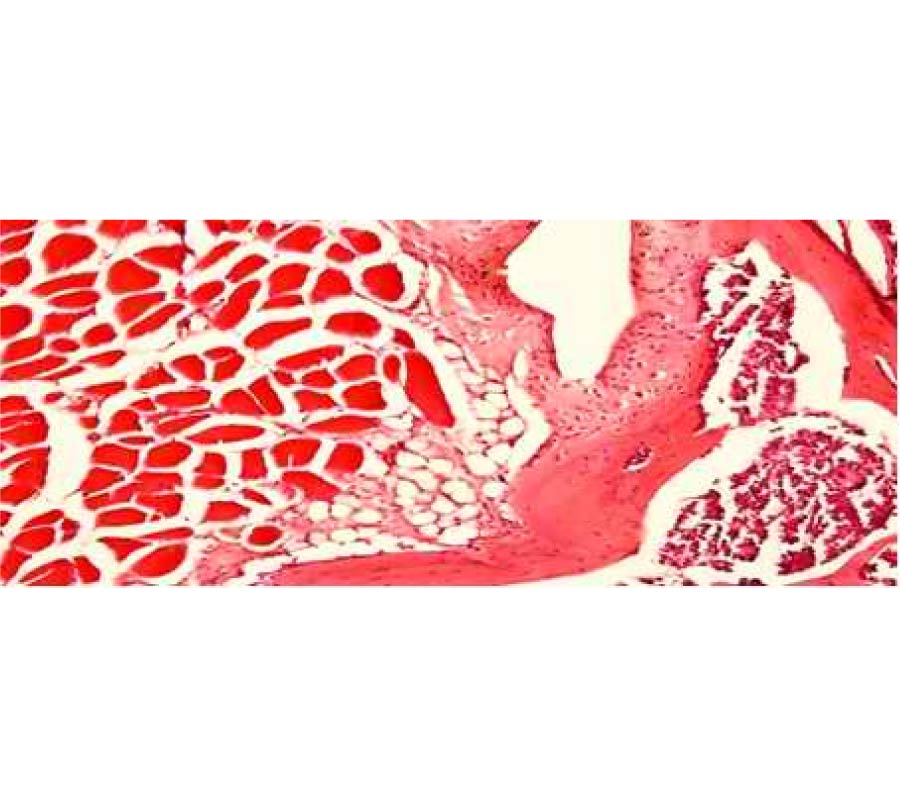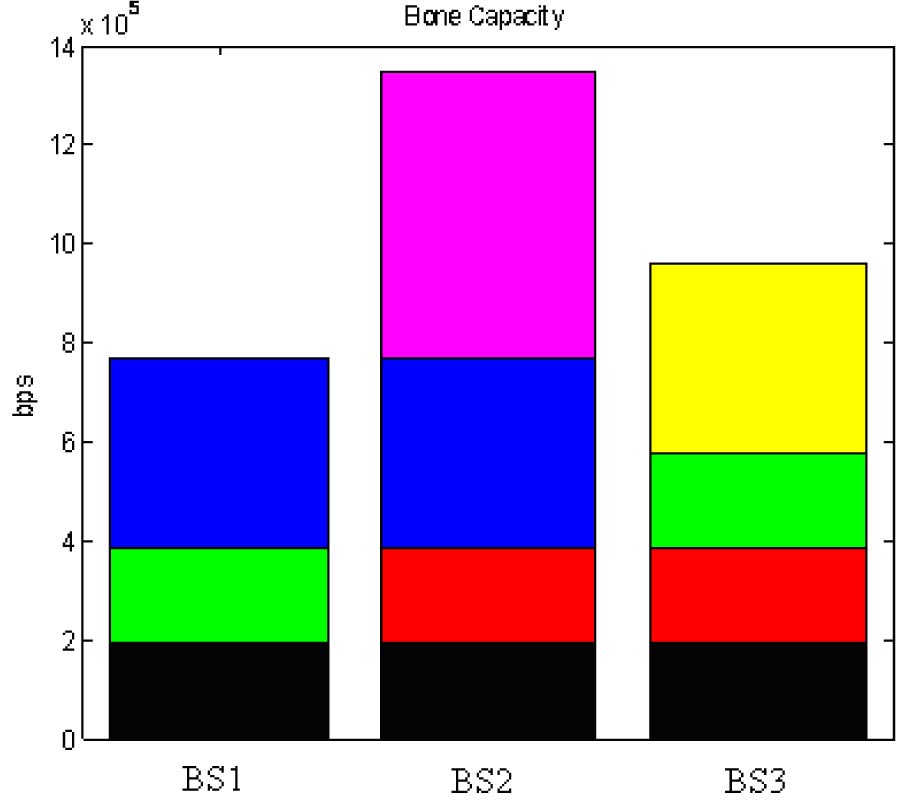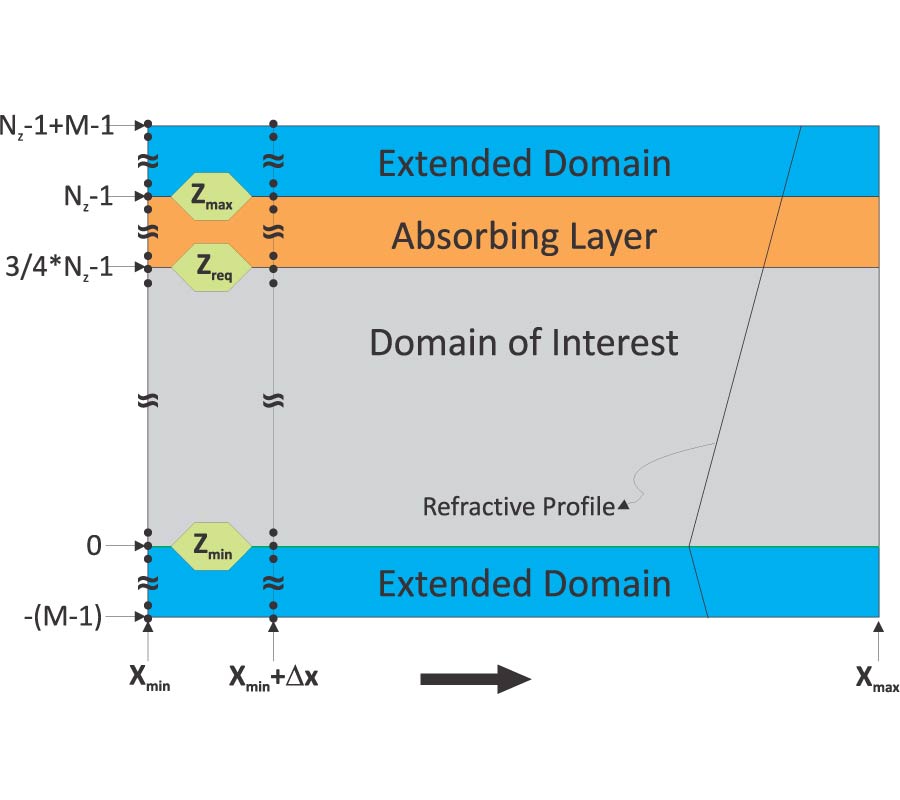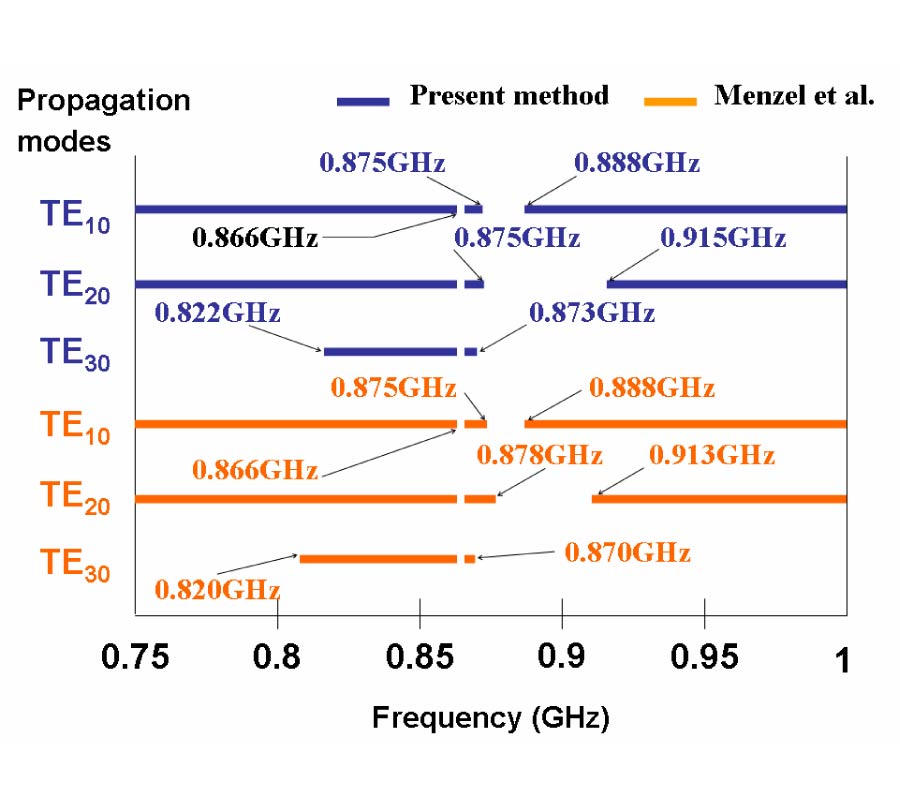Assessment of L-Band SAR Data at Different Polarization Combinations for Crop and Other Landuse Classification
Dipanwita Haldar,
Anup Das,
Shiv Mohan,
Om Pal,
Ramesh S. Hooda and
Manab Chakraborty
In the present study, evaluation of L-band SAR data at different polarization combinations in linear, circular as well as hybrid polarimetric imaging modes for crop and other landuse classifications has been carried out. Full-polarimetric radar data contains all the scattering information for any arbitrary polarization state, hence data of any combination of transmit and receive polarizations can be synthesized, mathematically from full-polarimetric data. Circular and various modes of hybrid polarimetric data, (where the transmitter polarization is either circular or orientated at 45°, called π/4 and the receivers are at horizontal and vertical polarizations with respect to the radar line of sight) were synthesized (simulated) from ALOS-PALSAR full-polarimetric data of 14th December 2008 over central state farm central latitude and longitude 29°15'N/75°43'E and bounds for northwest corner is 29°24'N/75°37'E and southeast corner is 29°07'N/75°48'E in Hisar, Haryana (India). Supervised classification was conducted for crops and few other landuse classes based on ground truth measurements using maximum-likelihood distance measures derived from the complex Wishart distribution of SAR data at various polarization combinations. It has been observed that linear full-polarimetric data showed maximum classification accuracy (92%) followed by circular-full (89%) and circular-dual polarimetric data (87%), which was followed by hybrid polarimetric data (73-75%) and then linear dual polarimetric data (63-71%). Among the linear dual polarimetric data, co-polarization complex data showed better classification accuracy than the cross-polarization data. Also multi-date single polarization SAR data over central state farm during rabi (winter) season was analyzed and it was observed that single date full-polarimetric SAR data produced equally good classification result as the multi-date single polarization SAR data.
